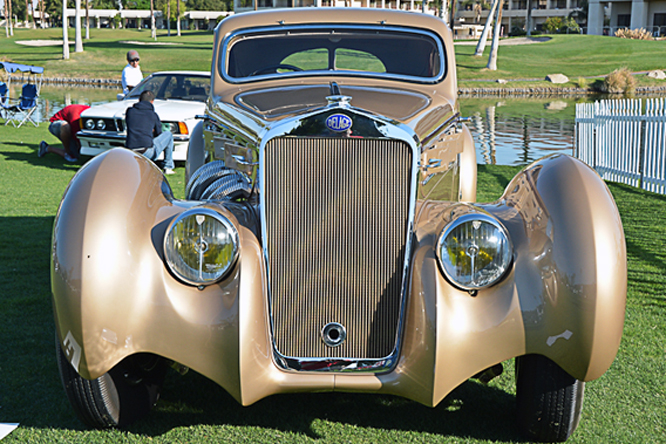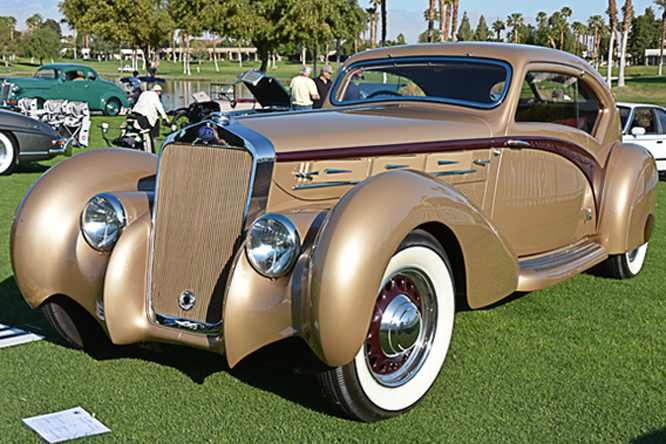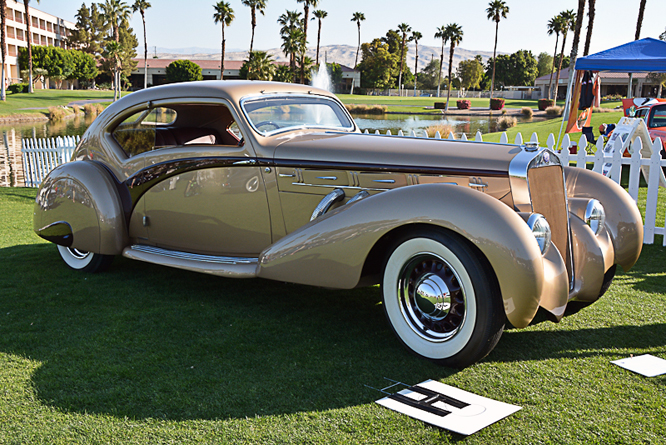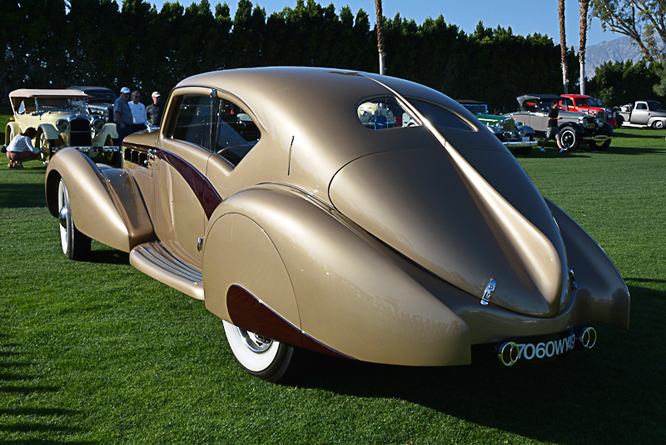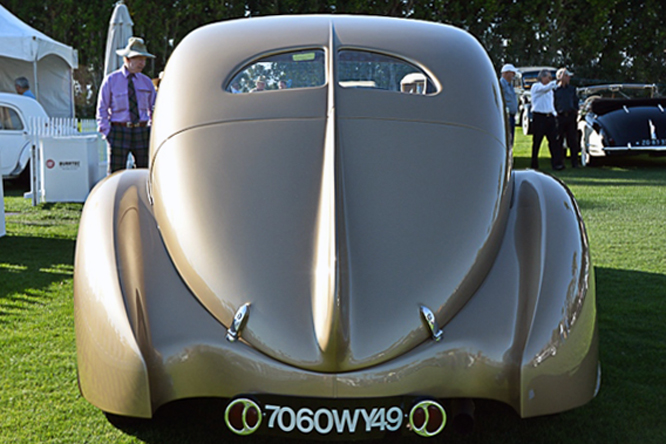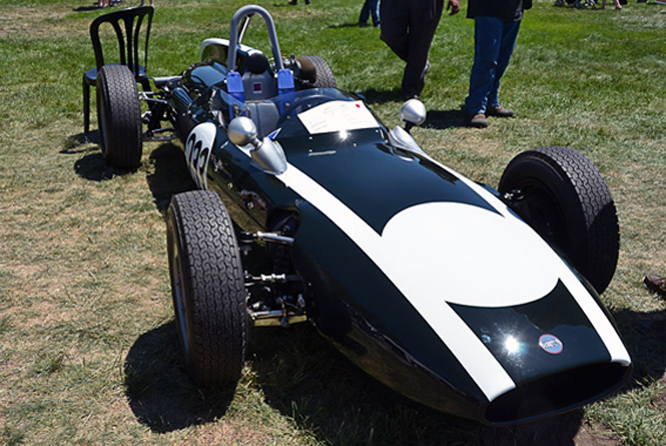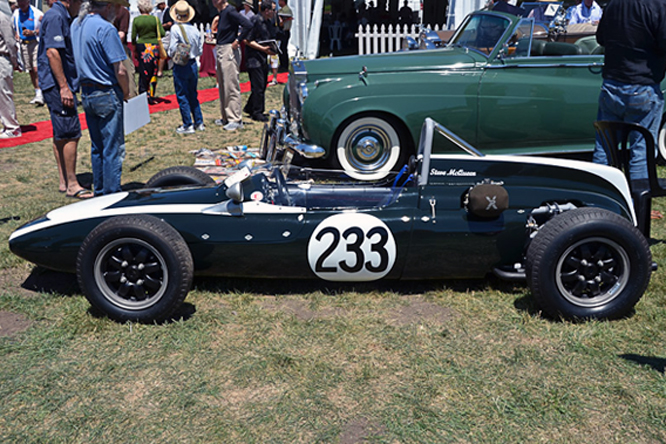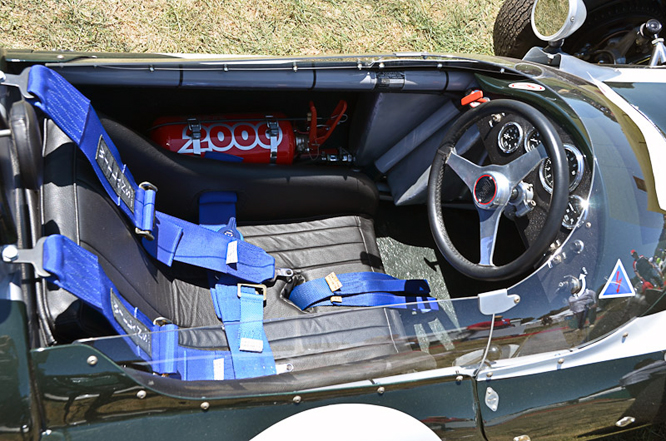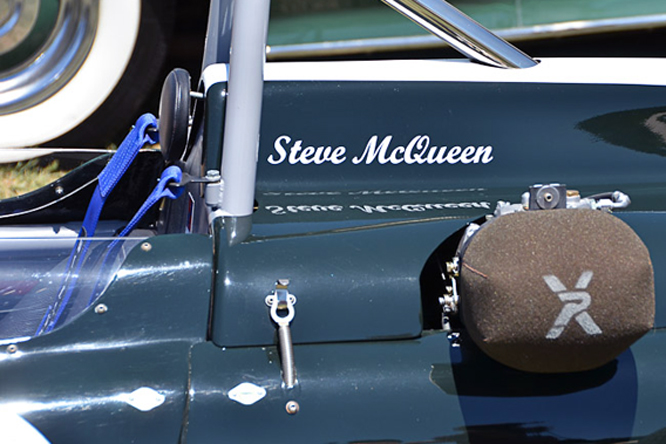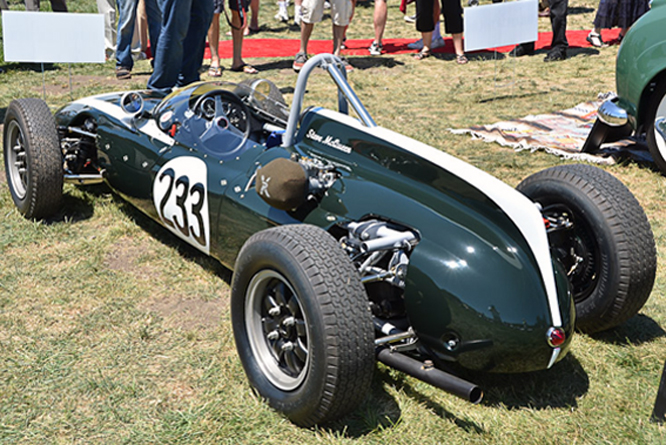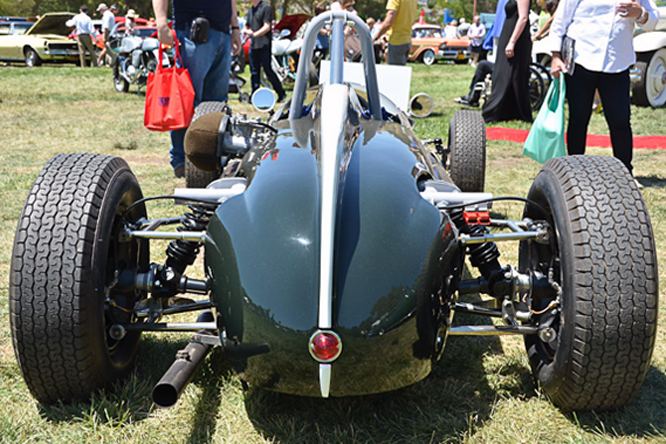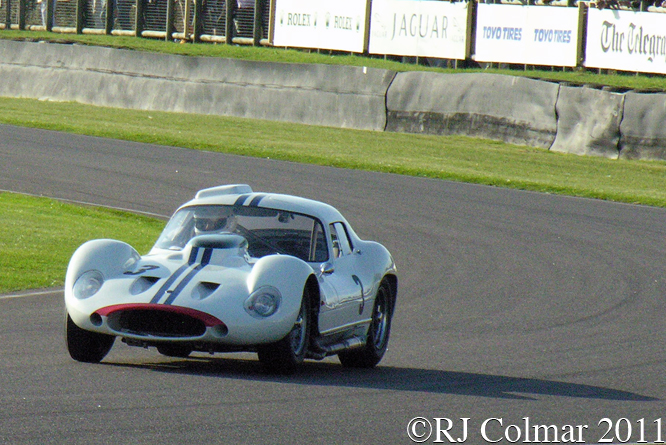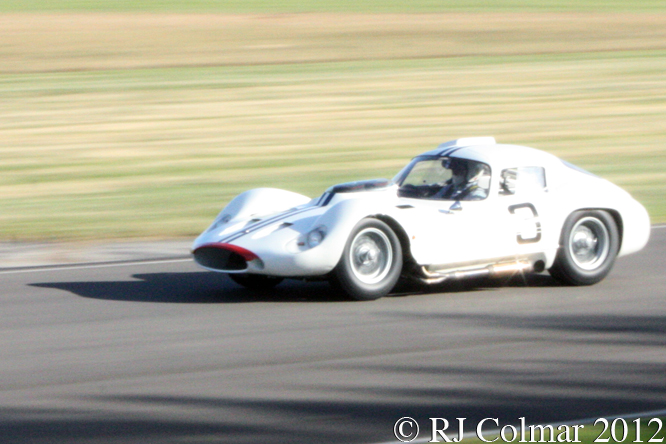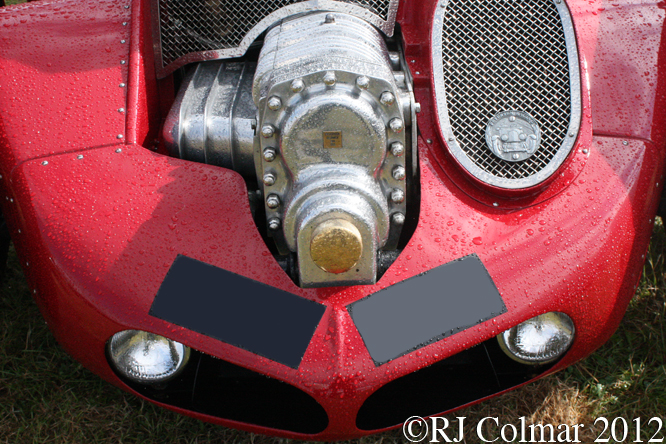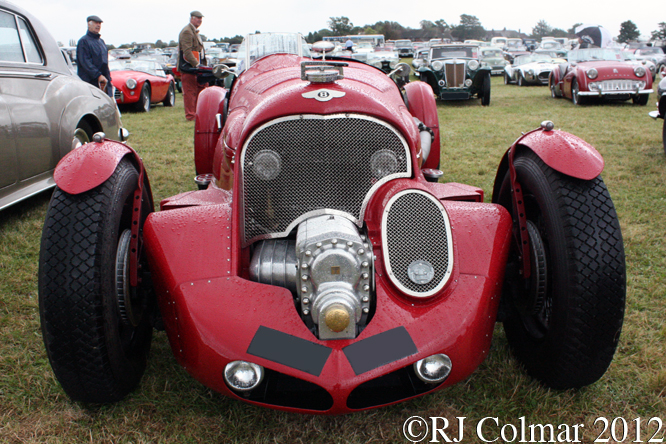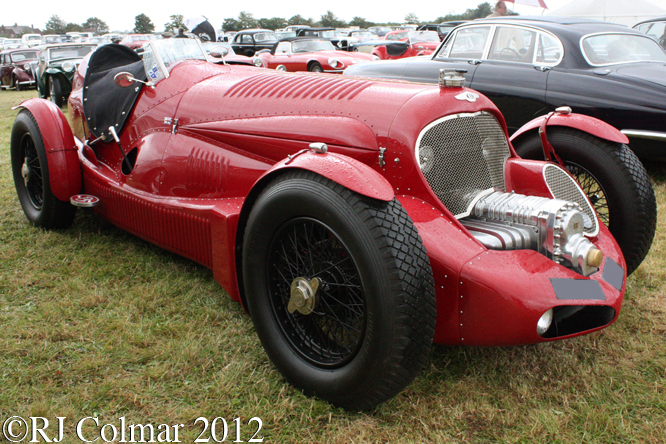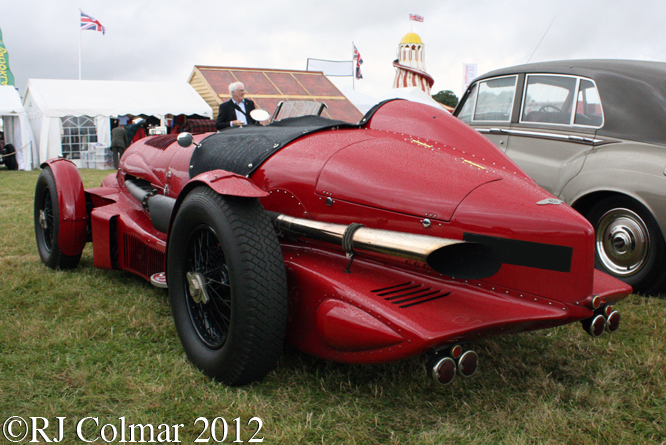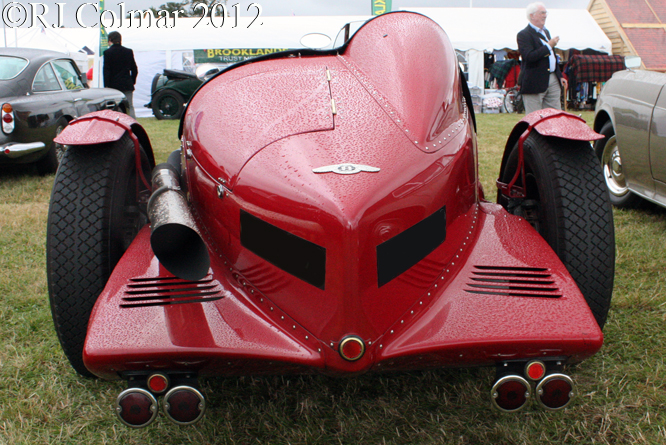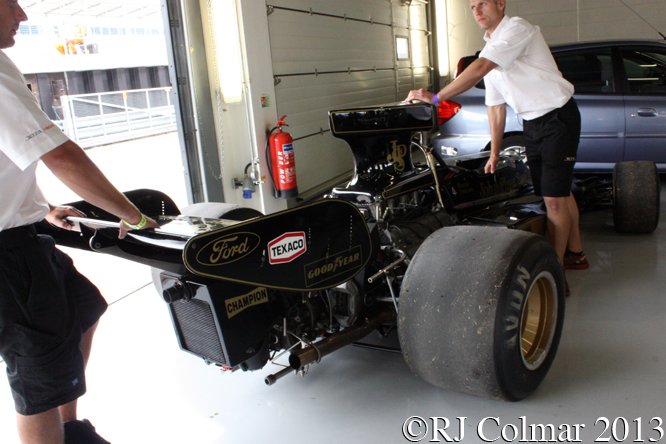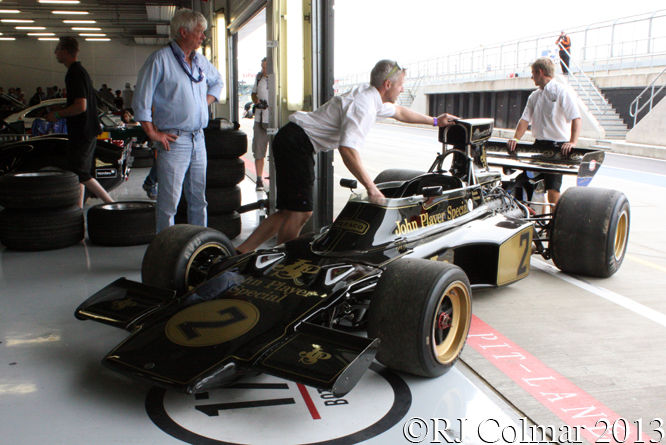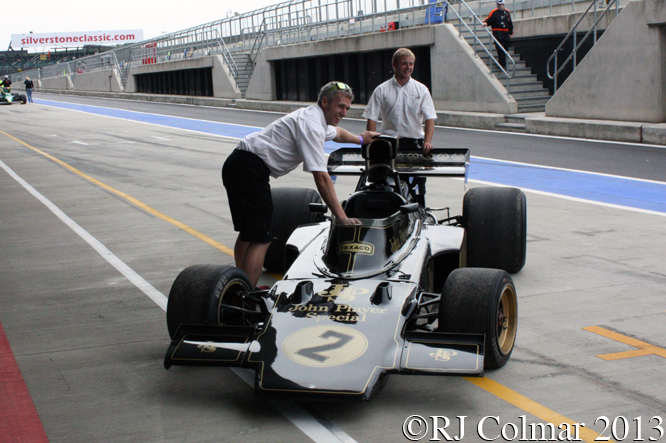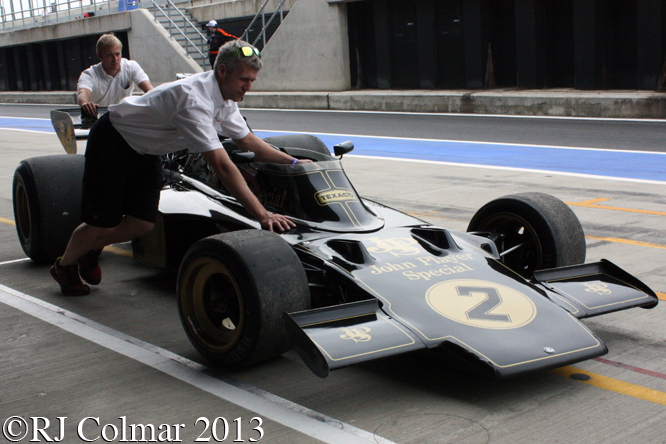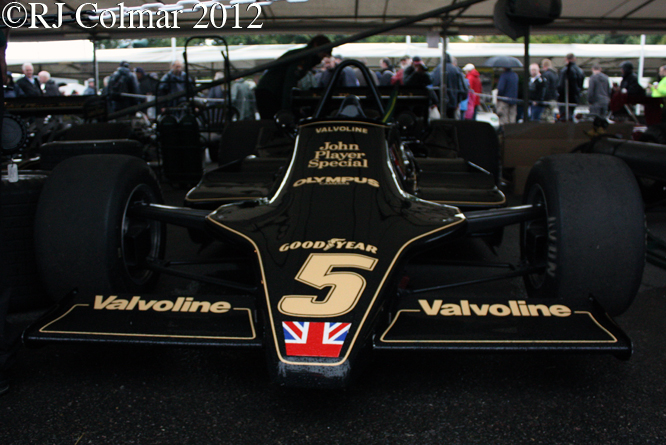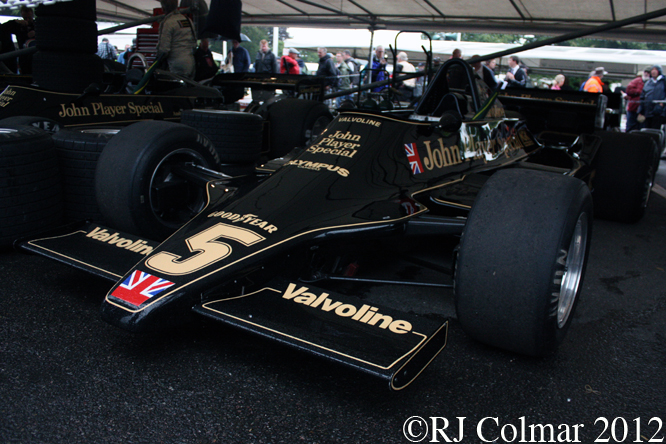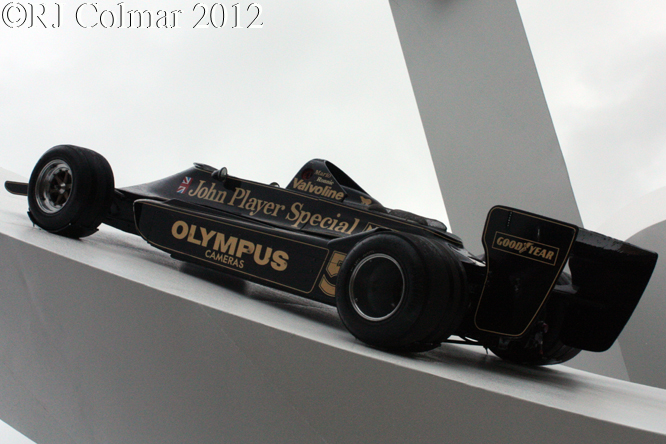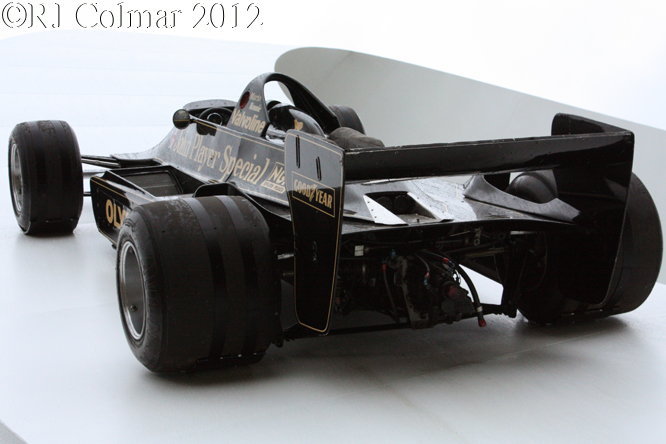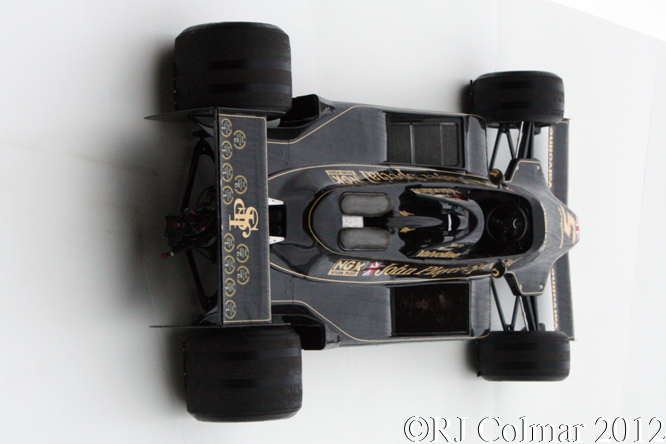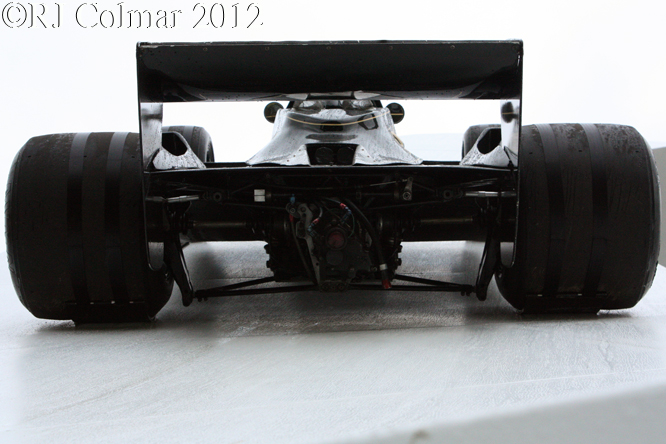Born on April 26th 1937 Jean Pierre Beltoise was part of a cohort of French drivers that emerged in the 1960’s that included Johnny Servous Gavin, Gerrard Larrousse, Henri Pescarolo and brother in law Francois Cevert.
JP B’s started racing motor cycles winning 11 national titles in three years, he raced Motor Morini, Kreider and Bultaco machines in a handful of world championship events from 1962 to 1964 finishing a best 3rd on a 50 cc Kreider in the 1964 French Grand Prix.
In 1963 Jean Pierre started racing Djet sports cars for René Bonnet. After Bonnet sold out to Matra he raced a succession of Formula 3 and Formula 2 Matra open wheelers with sufficient success that led to his Grand Prix debut in the 1966 German Grand Prix with a Formula 2 Matra in which he finished 8th overall and first in the Formula 2 class.
In 1968 JP B was contracted to drive for the French Matra Sports team but did not race a proper Formula One Spec car until the Spanish Grand Prix when he was drafted in to drive Jackie Stewart’s Cosworth powered Matra MS10 for Ken Tyrrell’s Matra International team.
At Monaco he raced the Matra V12 powered Matra MS 11 for the first time but retired with broken suspension, at the Dutch GP he finished a season high second behind Stewart.
Matra Sport withdrew form F1 at the end of 1968 to focus their efforts on getting Ken Tyrrells Matra International Team Matra MS80 cars for Jackie Stewart, JP-B was drafted in as Jackie’s team mate and again finished a season high second this time in France.
Ken Tyrrell and Matra parted way’s after winning the 1969 World Championships and Matra got it’s V12 programme back on track with JP B and Henri Pescarolo in the drivers seats JP B scored two season high thirds to Henri’s one. The following season JP B remained on the Matra team with Chris Amon but the results were disappointing.
For 1972 JP B signed to drive for BRM for which an over ambitious programme was being funded by Marlboro. At the 1972 Monaco Grand Prix Jean Pierre won his only Grand Prix generally reckoned to have been one of the more difficult races thanks to the atrocious conditions.
Note the scuff mark the BRM’s nose in the linked photo this came about after contact with Ronnie Peterson’s March which was baulking his while being lapped.
This race would be the last formula one championship win for a BRM and at the end of the season Jean Pierre won the non championship John Player victory race at Brands Hatch driving a BRM P180 which would be the last win for the BRM team.
Jean Pierre continued driving for BRM in 1973 during which he finished a season high 4th in Canada with the by now ancient BRM P160 and in 1974 during which he scored a great second place finish on the debut of the P201 in South Africa.
Out of a Formula One drive for 1975 Jean Pierre was in the running for a drive with the new Ligier team for 1976 and tested the Matra V12 powered JS5 before it was decided to hand the car over to 1975 Formula 2 champion Jacques Laffite.
Alongside his open wheel racing Jean Pierre continued racing sports cars winning races in 5 litre, 3 litre and 2 litre classes though most, seven, were wins with the 3 litre / 183 cui Matra’s which included the 1970 Tour de France sharing driving with Patrick Depailler and with FIA President Jean Todt doing the navigating.
After winning the sports car World Championship twice in 1973 and 1974 Matra withdrew from racing a Jean Pierre continued racing Ligier and Rondeau built sports cars at Le Mans, but he never improved on his career best 1969 4th place finish with Piers Courage in the endurance classic.
JP B won two French Saloon car championships driving BMW’s in 1976 and 1977 before proving his versatility, despite restricted arm movement that was the result of a sports car accident in the 1960’s, by winning the 1979 French Rallycross Championship driving an Alpine A310.
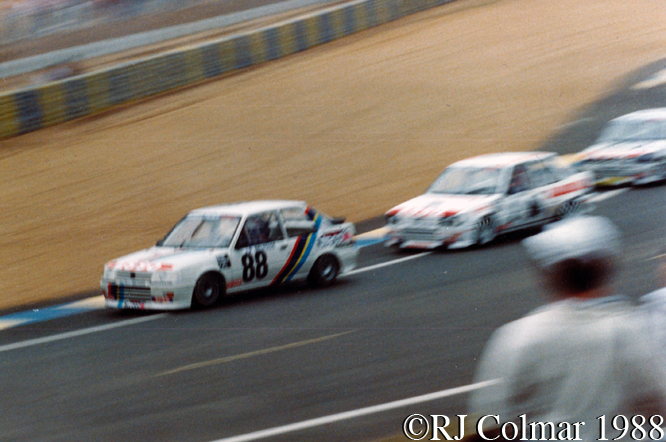
Into the 1980’s JP B continued racing Peugeot 505 Turbo’s, a V6 Talbot Tagora and in 1988 he was racing in the Peugeot 309 Gti Turbo Cup series, above Jean Pierre is seen driving the #88 309 to victory in the support race to the Le Mans 24 Hours.
Jean Pierre passed away on the 5th of January aged 77.
Condolences to his family and friends RIP JP B.
Thanks for joining me on this “RIP JP B” edition of “Gettin’ a li’l psycho on tyres” I hope you will join me again tomorrow when I’ll be visiting Autosport International. Don’t forget to come back now !
